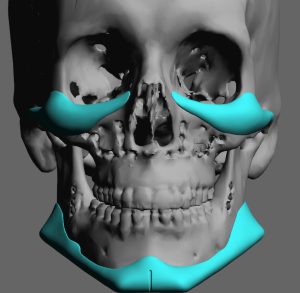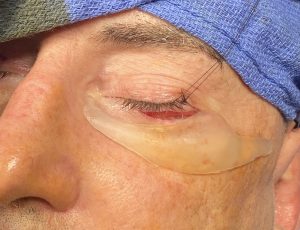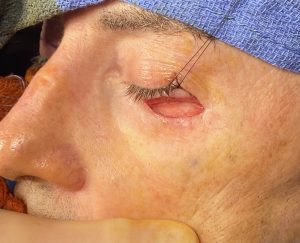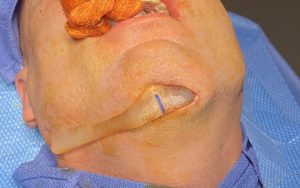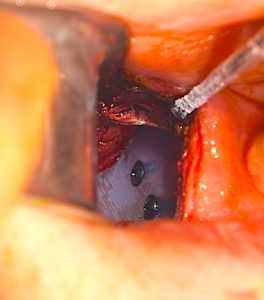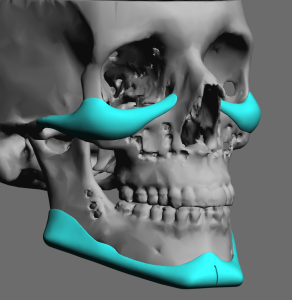
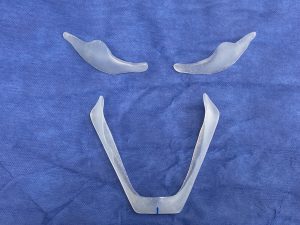


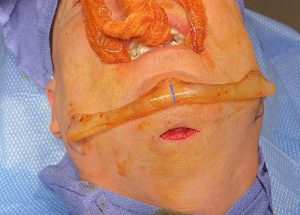

The combination of custom IOM and jawline implants enhances the most prominent horizontal convexities of the face. Their long lengths would suggest that their placement would carry a high incisional/scar burden to place. But with good surgical technique their placement can be done with remarkably low scarring risks due to the mobile window concept as well as the willingness to work within the limited confines of the entrances to the implant pockets.
Dr. Barry Eppley
World Renowned Plastic Surgeon




